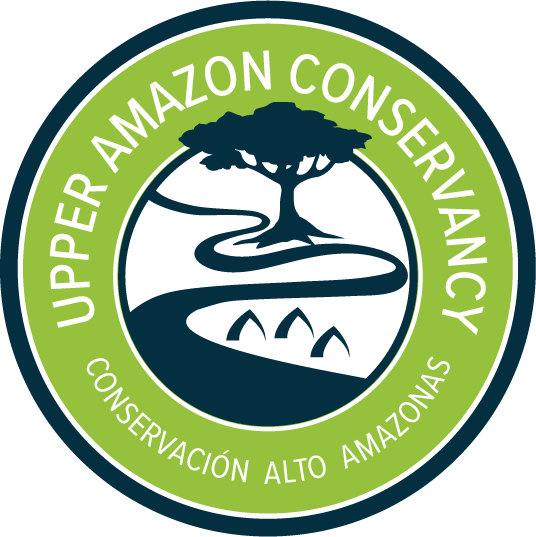Conservation Concession Offers Unique Research Opportunities in the Purús
The Mabosinfron Research Station is located on the La Novia River, a tributary of the Purús.
November 2016: Last month, UAC staff visited the Mabosinfron conservation concession and its newly constructed research station. The concession covers 6,700 hectares and is located on the La Novia River, a small tributary of the Purús River near the town of Puerto Esperanza the region’s capital. The concession was approved in 2012 after six years of work by 18 men and women concerned with illegal logging and hunting in the region. It is the only research station in the 4 million hectare Alto Purús Complex and is, in fact, the only conservation concession in the entire department of Ucayali. While impacted in the past by selective logging and unsustainable hunting, the concession harbors a full spectrum of Amazonian flora y fauna, including rare species like Mahogany, jaguars and harpy eagles.
UAC staff utilize the concession to conduct GIS training with members of vigilance committees from local communities. Rare species like this mahogany are still abundant.
Our visit had several objectives, including to see the recently constructed research station and facilities. Secondly, Mabosinfron asked us to accompany them on a patrol of the concession to document illegal clearings made by proponents of the proposed Puerto Esperanza — Iñapari Highway. The clearing follows the path of the proposed road, but fortunately we did not find any recent illegal clearings or other illegal activities.
We also used the opportunity to conduct training exercises for members of local community vigilance committees. The committees are part of the “La Novia Alliance”, a partnership between Mabosinfron, the Purús Communal Reserve and local communities to work together to protect the La Novia Watershed from illegal activities. It is the first mestizo–indigenous conservation partnership in the Alto Purús. Funding is provided by the United States Fish and Wildlife Service’s Wildlife Without Borders program.
The station’s main building is almost complete.



